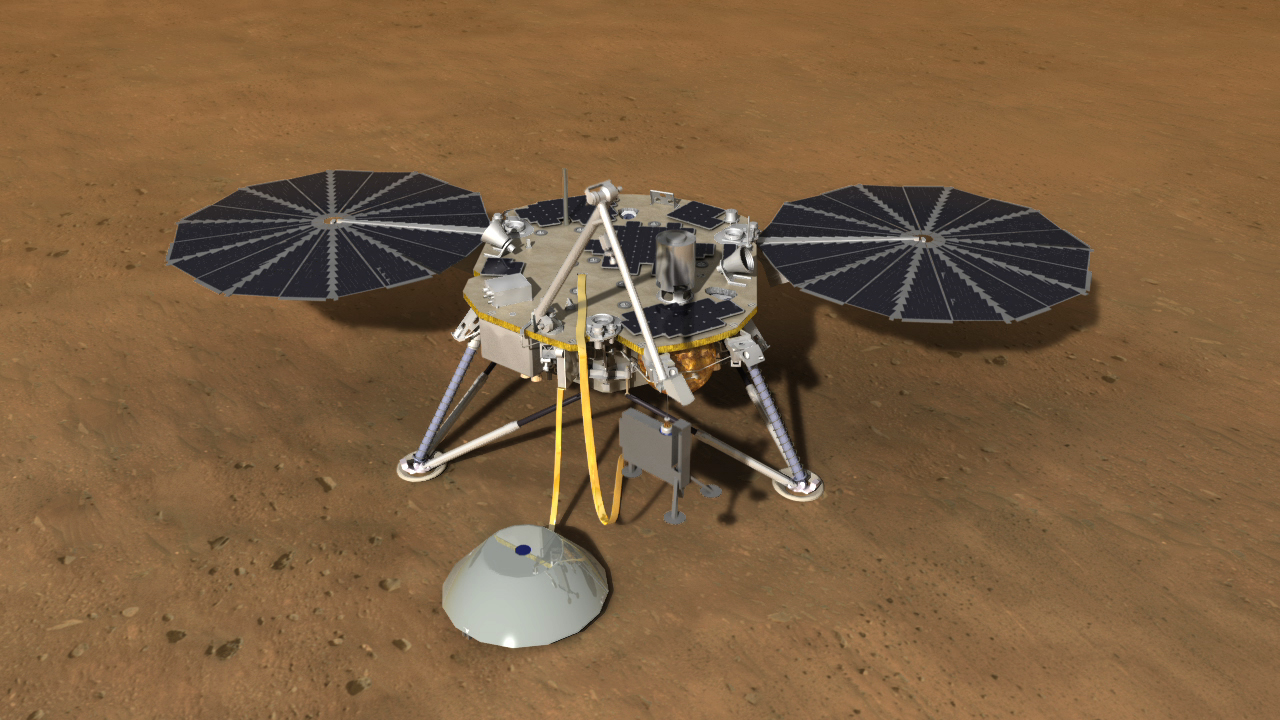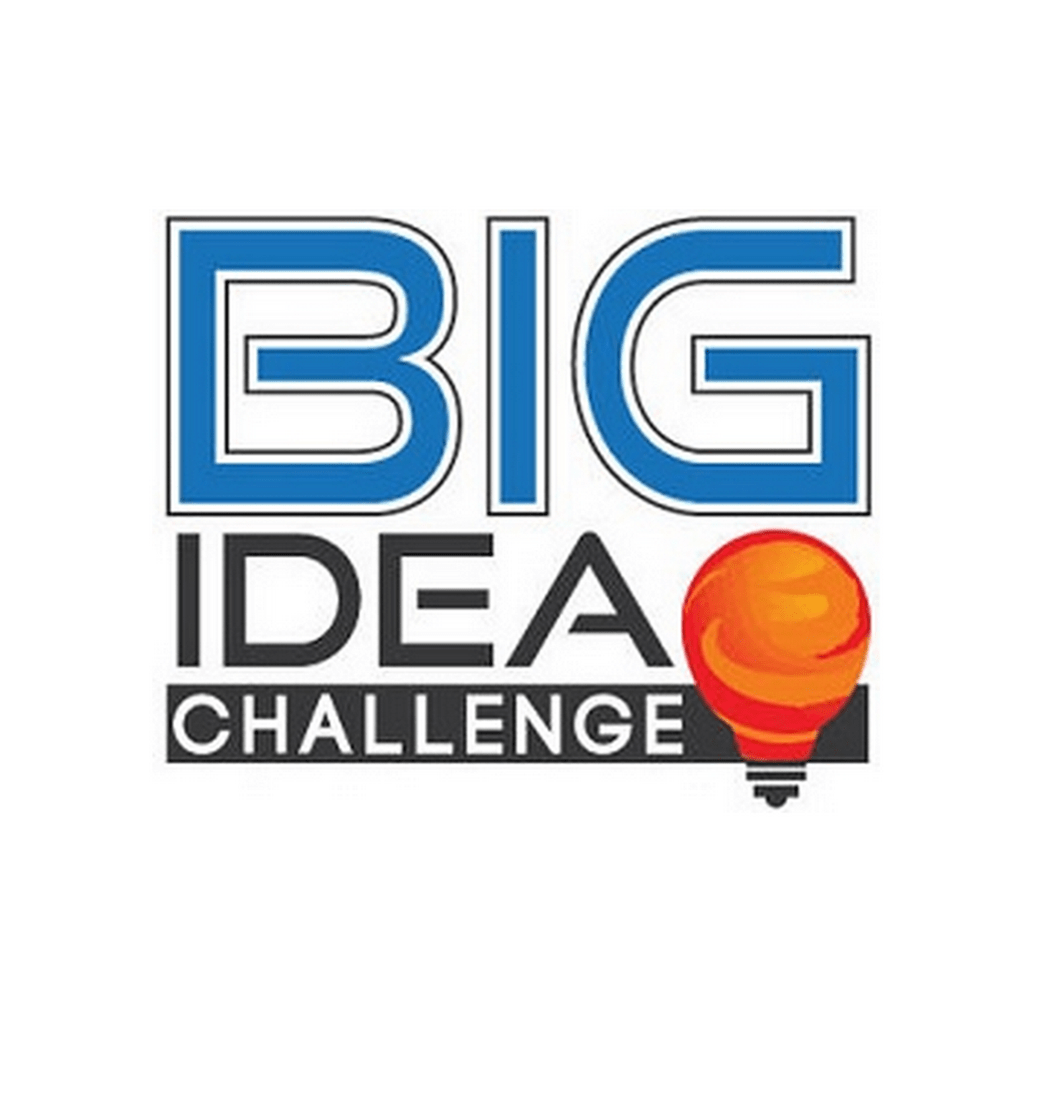NASA, in partnership with the National Institute of Aerospace (NIA), has chosen five finalist teams for the last phase of the 2018 Breakthrough, Innovative and Game-changing (BIG) Idea Challenge.
Teams were asked to develop concepts for a reliable operating power source that could be put in place on Mars ahead of the arrival of the first humans. The challenge sought concepts for unique designs, installation and sustainable operation of a large solar-power system. Teams could address:
- Novel packaging, deployment, retraction and dust-abatement concepts.
- Lightweight, compact components including booms, ribs, substrates and mechanisms.
- Optimized use of advanced ultra-light-weight materials and high-efficiency solar cells.
- Validated modeling, analysis and simulation techniques.
- High-fidelity, functioning laboratory models and test methods.
Norwich University offers the Norwich Inflatable Mars Solar Array (NIMSA) using Mars’ CO2 to fill inflatable channels that extend from a central boom to deploy eight, large rectangular solar panels.
Princeton University’s origami-inspired solar array design is called Horus, named after the Egyptian god for sunlight. It merges innovative design and sound engineering to deploy a large monolithic array from a tiny stowed volume.
Texas A&M’s Applied Photovoltaic Power Array (APPA) system concept includes four 18-meter diameter solar array “umbrellas” using tethered telescoping booms.
The University of Colorado, Boulder proposes the Mars Autonomous and Foldable Solar Array (MAFSA) which utilizes flexible booms wrapped around a central hub to support four circular photovoltaic array segments.
The University of Virginia’s concept includes two large, carbon-dioxide filled balloons that utilize the top-surface for flexible solar array blankets that maximize solar input and minimize dust accumulation.
Judges chose the finalists based on a review of competitive proposals from universities around the nation.
“I am really impressed by the number of proposals and the diversity of ideas,” said Lee Mason, principal technologist for power and energy storage in NASA’s Space Technology Mission Directorate. “I can honestly say that the proposals introduced new and innovative ideas for solar array packaging that we haven’t thought about before.”
Over the next three months, teams will refine their proposed concepts into a 15-page technical paper, complete with original engineering and analysis. On March 6, 2018, they will convene at the 2018 BIG Idea Forum hosted at NASA’s Glenn Research Center in Cleveland, Ohio, to present their concepts in an evaluative design review.
For the five teams, the stakes are high. They are competing for a prize that could change their lives, as winning team members will receive offers to participate in paid summer internships with NASA.
“Harvesting the sun’s power for life, exploration and work on Mars is a critical hurdle in our journey to becoming a two-planet species,” said Shelley Spears, director of education and outreach at the NIA. “Engaging and challenging the next generation of bright minds to tackle this important technology gap moves us closer and closer to this goal. The excitement and enthusiasm the students bring to the opportunity is infectious and inspiring, and we are eager to see their final innovative engineering designs in March.”
The BIG Idea Challenge falls under the purview of NASA’s Game Changing Development Program under the Space Technology Mission Directorate.
For more information about the challenge, and details on how to apply, visit the BIG Idea Challenge website at http://bigidea.nianet.org
For more information about NASA’s Space Technology Mission Directorate, go to: https://www.nasa.gov/spacetech
Shelley Spears
National Institute of Aerospace, Hampton, Virginia
757-325-6732
shelley.spears@nianet.org
Joe Atkinson
NASA Langley Research Center, Hampton, Virginia
757-864-5644
joseph.s.atkinson@nasa.gov





























